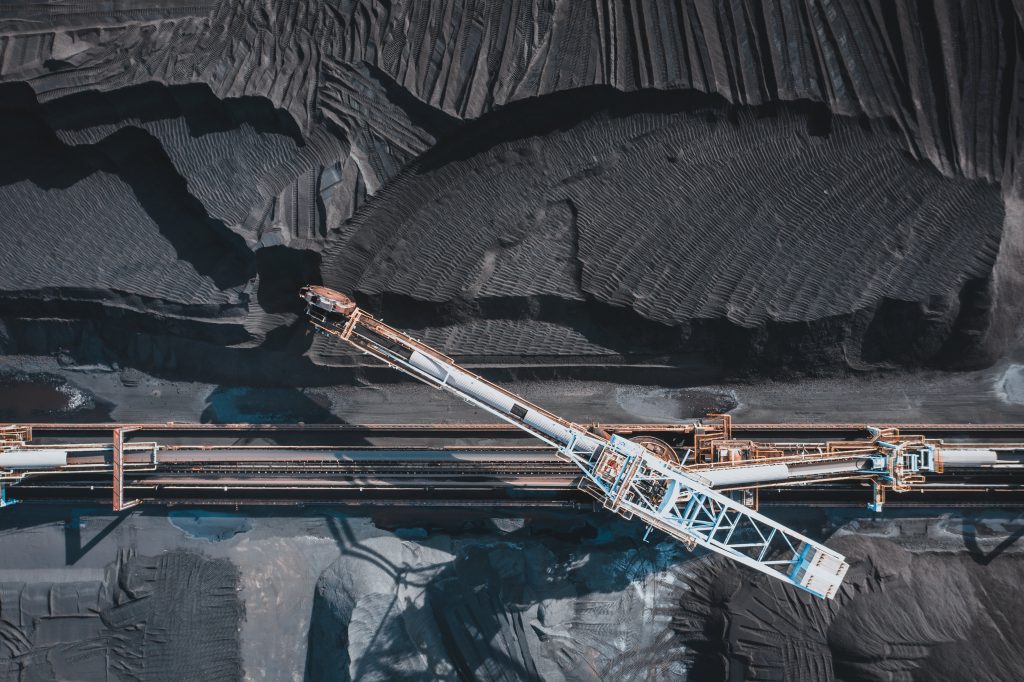Coal transition in Greece
In September 2019, during the United Nations Climate Action Summit in New York, Greek Prime Minister Kyriakos Mitsotakis pledged to phase out all coal-powered electricity production by 2028, making Greece a pioneer in the Balkans. This commitment is enshrined in the National Energy and Climate Plan (NECP) submitted by the Greek government to the European Commission end of 2019. The new government, in power since July 2019, revised the NECP and introduced more ambitious climate and energy targets.[1]
More specifically, the original plan was for all lignite plants to retire by the end of 2023, except for Ptolemaida 5, Public Power Corp.’s (PPC) new unit that was supposed to operate with lignite for a few years before switching to natural gas by 2028 at the latest. Through the plan, Greece would end its consumption of lignite and replace it with renewables and natural gas. The energy crisis has placed the security of supply at the forefront of energy policy, while natural gas is no longer seen as the transition fuel because of its high cost. The coal power sector was called upon in the summer to once again increase output to help keep prices down. The plants are currently producing almost 10% of the country’s electricity. [2]
Communities across northern Greece and the Peloponnese traditionally dependent on coal and lignite mining, heavy industry and fossil-fuel power generation are set to benefit from up to EUR 325 million in new investment and technical best practices backed by the European Investment Bank, as well as associated grants provided by the European Union. The new initiative is designed to support the Greek Government’s Just Transition Development Plan. [3]
A new report by the International Energy Agency praises Greece for its significant progress since 2017 when it last underwent an IEA review. Greece has set new targets for reducing greenhouse gas emissions, cut its use of coal-fired generation sharply, reformed its electricity and natural gas markets, expanded its cross-border interconnections, and passed legislation to enable the development of offshore wind generation. It has managed to lower its share of fossil fuels in its energy supply – from 91% in 2011 to 82% in 2021 – but it remains above the IEA average of 78%. The National Climate Law, adopted in May 2022, sets a clear direction for Greece’s energy transition. It aims to cut greenhouse gas emissions by 55% by 2030 and achieve net zero emissions by 2050. Greece has already achieved a very significant reduction in the share of electricity generation based on lignite, or brown coal, from 60% in 2005 to 10% in 2021. The Climate Law requires a complete phase-out of lignite-fired generation by 2028. [4]
Greece’s energy policy seeks to boost renewable power generation while increasing the share of overall energy demand covered by electricity. By 2030, Greece plans to have 2 gigawatts of offshore wind power, which is equivalent to 10% of its current electricity capacity. Greece is also a world leader in rooftop solar thermal systems, which provide hot water for buildings using abundant sunshine. [4]
The end of the lignite era in Greece was politically decided because of its unsustainable market economics. Given this rapid transition, it will be interesting to see how the energy system will evolve and how market players will adapt to rapidly changing market conditions. [1] Greece is not only enhancing its domestic energy production but also expanding its regional and international connections. The country is building new electricity interconnections to export its surplus renewable energy and diversify its sources of supply. Greece has also taken action to modernise its electricity and gas markets, including reforms to support full integration into the European common electricity market. The country has also sharply cut its dependence on Russian fossil fuel imports since its invasion of Ukraine, boosting its LNG import capacity and diversifying gas supplies. Greece is now able to meet almost all its gas demand from LNG sources, enhancing its energy security and flexibility. [4]
[2] https://balkangreenenergynews.com/greece-delays-closure-of-three-coal-plant-units-to-2025/



